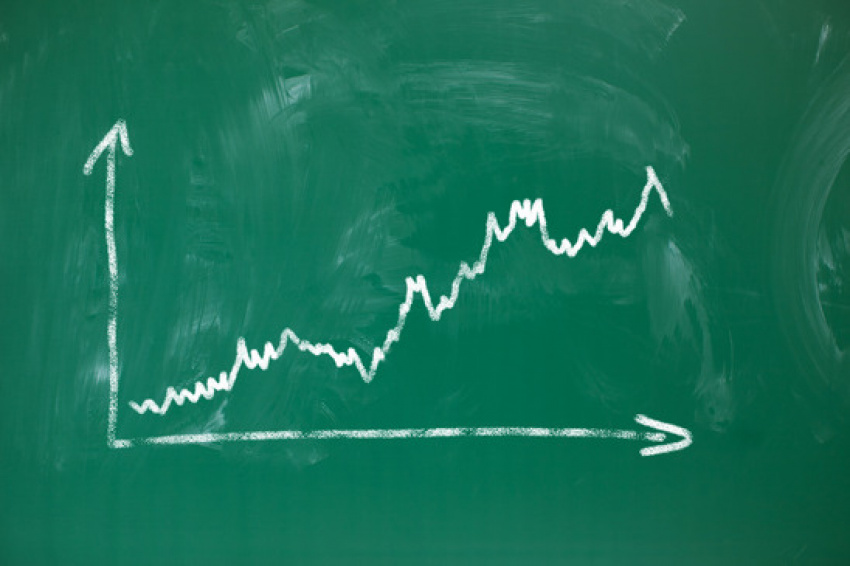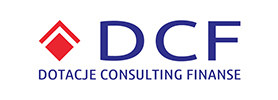Volatility is the term that inflation experiences presently in daily information and business releases. However, still it is not utterly clear how this phrase should be understood.

Thus this concept should first of all be defined. The word „volatil” or german „Volatilität” comes from Latin „volatilis”, which means changeable, variable or transient. Duden dictionary defines volatility as the synonym of variability and fluctuation and describes volatility as the range of fluctuations of prices, shares or markets. This term was used for the first time by statisticians the outcome of which is the measurement of volatility δ over time t of the observed value y. This index usually amounts to: 21
δ t Volatility over time t
2n Observational horizon
y Observed parameter
y Estimation of a tendency in relation to which the volatility is defined
Then this term has spread particularly in the financial sector where it is used to describe volatility of securities exchange rates. The Volatility Index (VIX) is defi ned as the Wall Street Anxiety Barometer as it indicates anxiety present on the securities market.
In the field of entrepreneurship the term of „volatility” is mainly used to set fluctuation or susceptibility to volatility of different states of affairs.
In terms of ideas we would like to define volatility in the following way:
„Volatility describes present and expected frequency and spread of external and internal fluctuations of economic parameters of significance for an enterprise whose course model may be difficult to predict”.
Volatility may be described as typical time condition of particular systems. To describes systems such as an enterprise or its logistic referring to volatility three dimensions are required (see fig. 1):
- How are system conditions forecasted?
- What is the system time change?
- What is the number and net connection of particular elements of the system?
An enterprise or its elements are characterized by means of a particular connection of three dimensions.
- Future system conditions are not predictable. Only probability (=risk) can be defined for them or they are inestimable (=uncertainty).
- The system remains unchanged unstatically, however, it changes dynamically. In sudden situations we are not able to recognize any model of changes. In case of volatility it is possible for proper calculations.
- Number and connections of system elements is complex or very complex.
-
Clearly speaking it means that volatility is related to uncertainty or risk and represents high rate of complexity. These dimensions are often not clearly defined in literature and in practice the terminology is frequently mistaken.
Volatility can be classified pursuant to different criteria in the sector of enterprises (see fig. 2):
- There are different levels of volatility formation („specification”).
- Impact susceptibility may be expressed in different ways.
- Formation dimensions may be visible in real economy or financial economy.
- Possible shaping measures (formation) can be found in the formation of adaptive capability (elasticity), in resilience management or early recognition or supervisions.
The volatility caused on the outer and inner side of an enterprise is an important differentiating factor for emprise practice. Reasons and effects of the volatility caused internally may be illustrated by the example of the automotive industry:
- Development of automotive markets and development of technologies, drive technology in particular, are difficult to assess. Error estimation of e.g. the importance of combustion engines compared to hybrid and electrical drive may be a huge volatility controller.
- Production quality problems lead to labourconsuming recall actions resulting in significant qualitative and financial costs. They are unpredictable. Reoccurrence may result in loss of face and demand decrease.
- A strategy of product life which is inconsistent with the market or unexpected delays in development of new products due to technical reasons can increase the risk of failure to fulfil client’s requirements. Deviations from planned market objectives may be its consequences.
- Shortness of supplies, in case of sub-suppliers, resulting e.g. from production problems due to defective goods of shortage of raw materials may be the reason of instability (volatility) within the production realm. Production controlling is disturbed and production plan cannot be observed.
QUESTION 1: Can future of an enterprise be predicted? How does it look in practice?
Karl-Heinz Steinke: Forecasts are always related to uncertainty and that is why they may be given only with some rate of probability. When planning the most probable value is always calculated, whereas in most cases the probability rate cannot be determined qualitatively.
The more susceptible to volatility the enterprise is the more inaccurate the data are. Thus at this point calculation of planning, including a possible volatile range, is suggested. In the simplest case e.g. optimistic value, medium value, pessimistic value.
If the value and probability of significant planning-related parameters is obtainable from previous data, the division of possible results and their occurrence probability (Monte Carlo simulation) can be determined.
Thanks to that the forecast will not be 100% sure, however, a decisive person has some idea as regard possible events (range) and may be welloriented in enterprise policy.
QUESTION 2: You will be one of the speakers at this year’s International Controller Congress in Poland. The subject of your lecture is volatility. What will participants learn from you?
Karl-Heinz Steinke: The title of my lecture is: „Challenge Volatility – towards an adaptive Controlling”.
Firstly I would like, pursuant to the definition of volatility, to explain the reason and effects of volatility shown on the examples of enterprise experience.
Next I would like to show what tools and measures are available to Controlling/Management for the purpose of correct use of volatility.
Then I am going to speak about the general approach to solving new problems in controlling (Adaption).
Przypisy / Źródła / Podstawa prawna
1 See: D. Comin, T. Philippon, The Rise in Firm – Level Volatility: Causes and Consequences, 2005, p. 168.










